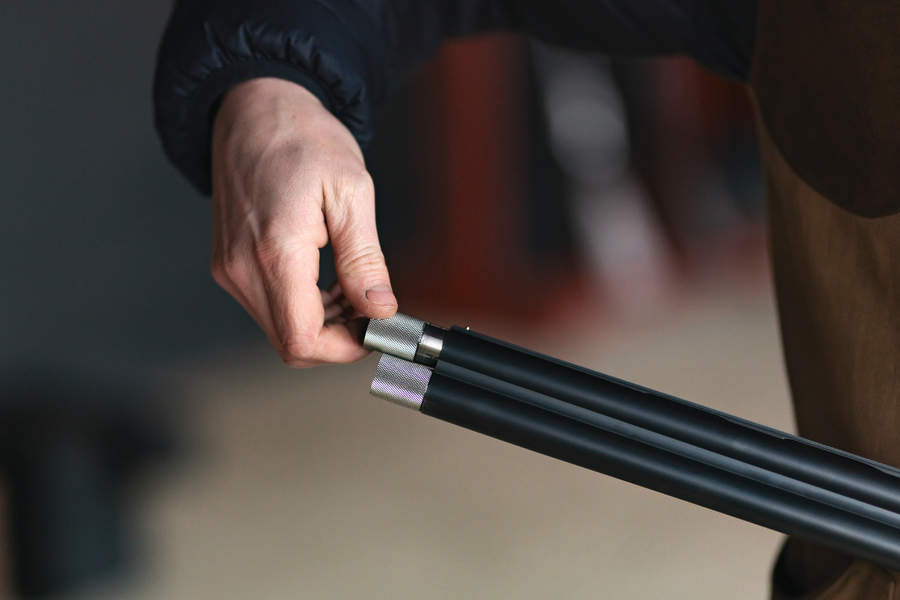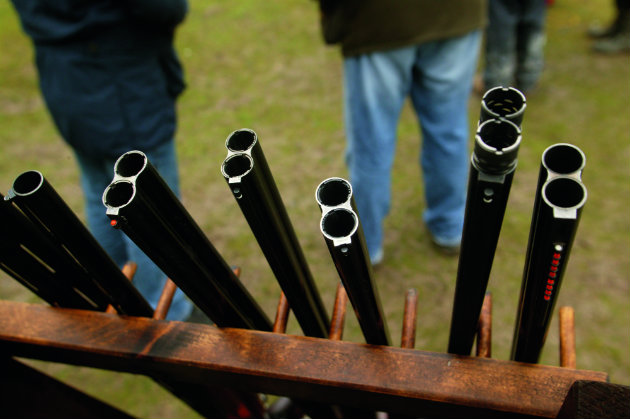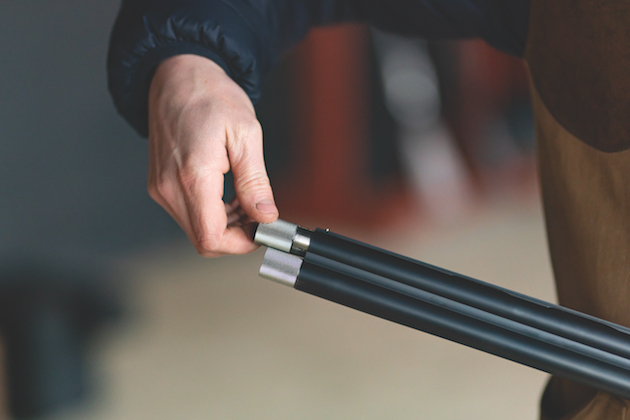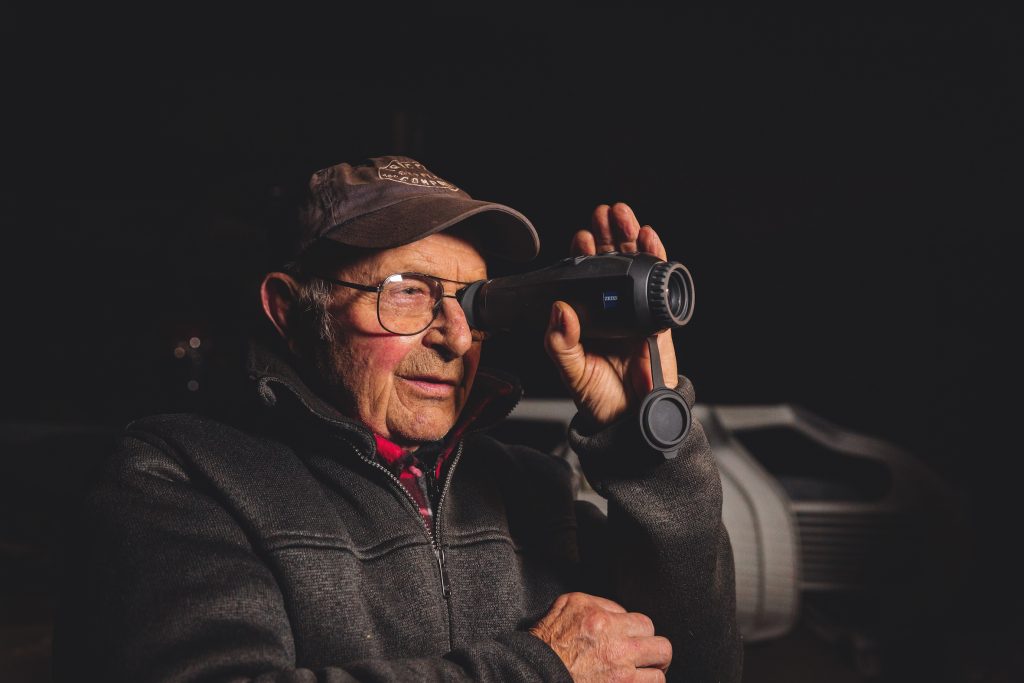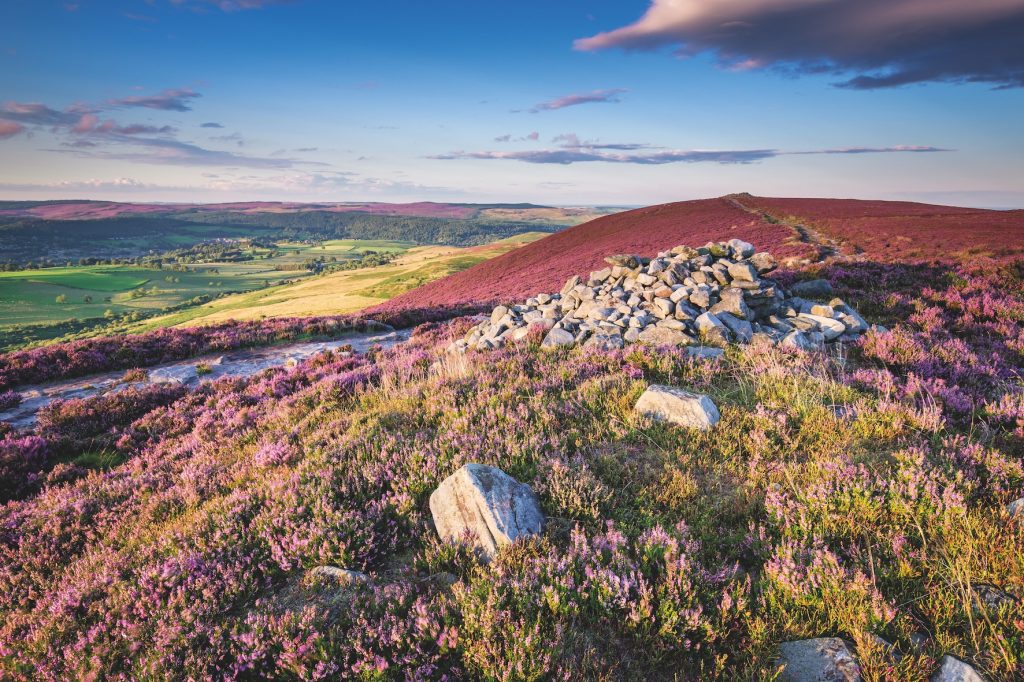When you’re out in the field or the clay ground which chokes for gameshooting and clayshooting will give you the…
Win CENS ProFlex DX5 earplugs worth £1,149 – enter here
What you need to know about shotgun choke
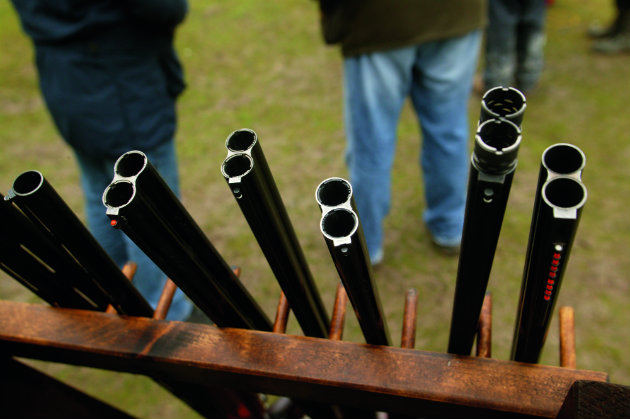
First, what is a shotgun choke?
Choke is a narrowing or constriction at the muzzle end of the barrels that reduces the breadth of the shot charge or pattern, so increasing the density of pellets to achieve a more effective result. It’s important to understand the implications of choking and how you as a conscientious shooter can derive a benefit from that understanding and use that knowledge to your best advantage.
One great way of thinking about it is to use the term “FOCUS” or “to focus my shot pattern” as in photography with an IRIS that reduces or opens the aperture to get less or more light.
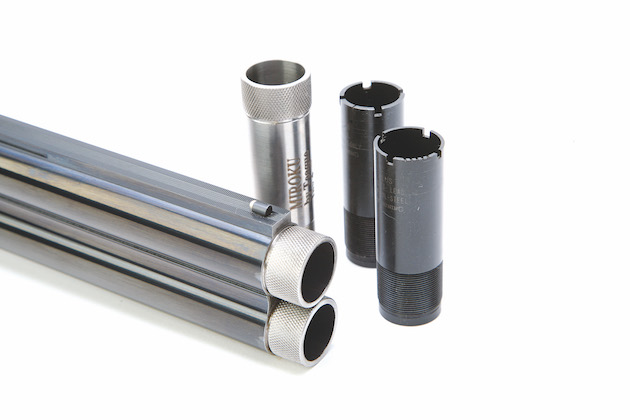
The sizes of chokes increase/decrease by 5,000ths of an inch
About shotgun choke names
Choke denominations used in the UK are usually expressed as:
- True cylinder
- Improved
- Quarter
- Half
- Three quarter
- Full
In the USA those terms are usually described as:
- Cylinder
- Skeet
- Improved cylinder
- Modified
- Improved modified
- Full
These denominations usually decrease by five thousands of an inch as each the choke size tightens. The more open the choke, the larger the diameter of the shot cloud or pattern; and the tighter the choke, the smaller the pattern. As the shot cloud leaves the barrel it expands reducing in density but also lengthens and forms what is known as a “shot string”. This elongation is approximately three to four metres at 30 metres range.
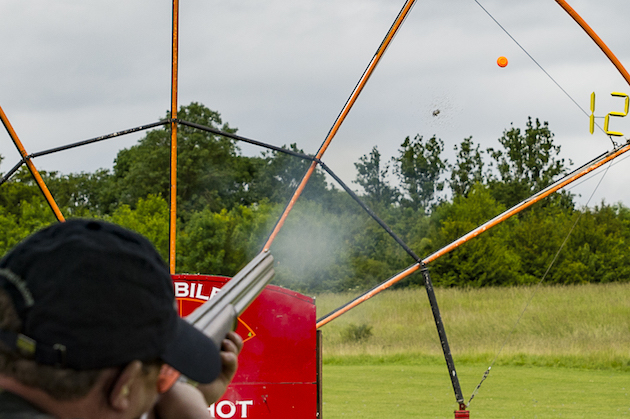
Tighter chokes are generally better for Trap targets
Choke types
Most modern shotguns use interchangeable “multi-chokes” which are either “flush fitting” or “extended”. Fixed chokes are already engineered into the muzzles and so not adjustable.
How do I know which choke to use?
Some believe that the bigger the pattern the more chance they have of hitting the target and that they can vaguely point in the general direction of the target to get a good result…this couldn’t be further from reality. Shooting clays at average distances I tend to use what I would consider an average choke; i.e. “half ” which is, of course, in the middle of the choke spectrum; not too open and not too tight. Some targets maybe longer and some closer, but on balance I find this to be the best compromise.
I also use the same chokes in both barrels, say half & half or skeet & skeet if I’m shooting Skeet in particular. I also then don’t concern myself with barrel selection. I also believe in the mantra to “fit and forget” focusing my attentions on shooting well, not dwelling on what chokes I’m using, or blaming my chokes for poor performance.
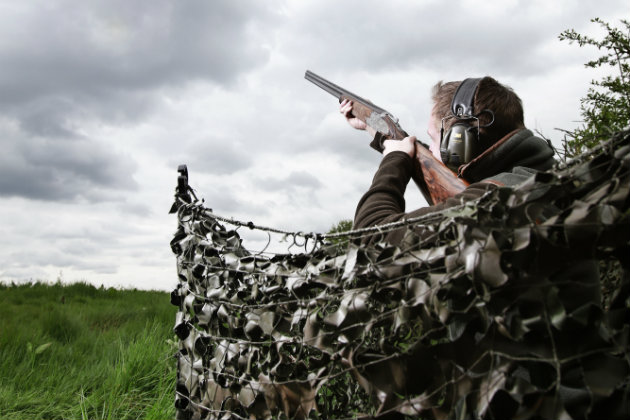
Interchangeable chokes mean that we can now use one gun for most disciplines
We don’t MISS as a result of choke; we MISS as a result of mistakes in our techniques and poor performance.
If I were to shoot on a sporting layout with a lot of closer targets then I would use Skeet & Skeet or quarter & quarter and yes you’ve guessed, “fit and forget”.
The difference between chokes is very marginal and probably unperceivable, but the difference between two increments, say quarter and three quarter most definitely is. Or indeed quarter and full, even more so.
It’s generally suggested that on most ‘Club’ level shoots the best combination is quarter & half. Selecting the more appropriate barrel as required.
All the above is based on an average cartridge with 71⁄2 – 8 shot size.
 Which chokes for trap disciplines?
Which chokes for trap disciplines?
These targets are usually going away very fast and best shot using tighter chokes, typically three quarters & full, although I once used a fixed choke trap gun that had been altered to half & half very effectively on DTL and Ball Trap. I wish I had never sold it!
 Which chokes for game?
Which chokes for game?
When it comes to game I feel that we all have a responsibility to use the appropriate choke, coupled with the effective cartridge load to maintain a densely concentrated pattern to kill our quarry efficiently. Making every endeavour not to maim or injure.
Pigeons: My favoured load for most of my pigeon shooting is 30 or 32gms No.5 shot, together with half and three quarter chokes, unless decoying at closer range then I would maybe use quarter & quarter or quarter & half. Never any less. For many years I’ve used an semi-auto with a half choke 32” barrel which has time and time again proved to be a great gun for the job.
High Birds: For those really high Devon type pheasants I use 34 or even 36gms No. 4 shot with three quarter & three quarter chokes. By increasing the load you then compensate for the reduction in pellets with the larger shot size.
Partridge and more regular height pheasants: then 30grm 6’s is a good standard. With all my game shooting I only ever use fibre wads.
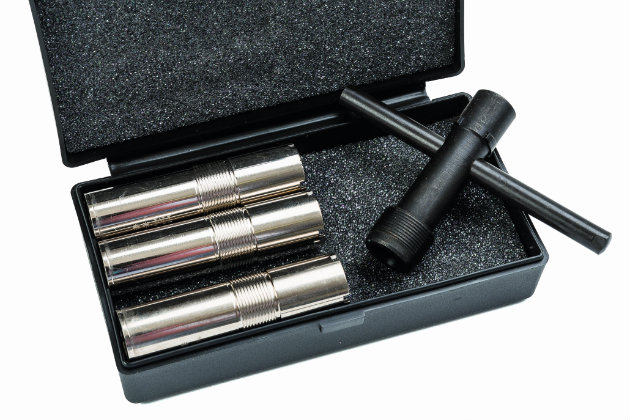
Multi-chokes
Multi-chokes
Interchangeable Multi-chokes have proved to be a great asset to our shooting as we can now use one gun for most disciplines, simply changing chokes to suit the quarry and the circumstances. Coupled with cartridge choice the combinations can be endless and afford us altogether better results. When game shooting in particular.
We can of course always have our favourite gun converted from fixed to multi and there are various gunsmiths around who specialise in this service. We can also have a variety of types, flush fitting, extended, ported, or even both.
Are we fixated on the amount of choke?
I’ve never been able to make up my mind on what’s the right amount of choke to have in a gun.…
Shotgun choke – here’s what you need to know about it
Shotgun choke does as it sounds. Chokes. That is, it constricts or narrows the barrels of a shotgun. This has…
Please remember, Chokes are not a substitute for poor shooting and in general won’t help you hit more, BUT I have found open chokes to be beneficial for closer targets and the standard quarter & half as a good place to start.
Related Articles
Get the latest news delivered direct to your door
Subscribe to Shooting Times & Country
Discover the ultimate companion for field sports enthusiasts with Shooting Times & Country Magazine, the UK’s leading weekly publication that has been at the forefront of shooting culture since 1882. Subscribers gain access to expert tips, comprehensive gear reviews, seasonal advice and a vibrant community of like-minded shooters.
Save on shop price when you subscribe with weekly issues featuring in-depth articles on gundog training, exclusive member offers and access to the digital back issue library. A Shooting Times & Country subscription is more than a magazine, don’t just read about the countryside; immerse yourself in its most authoritative and engaging publication.



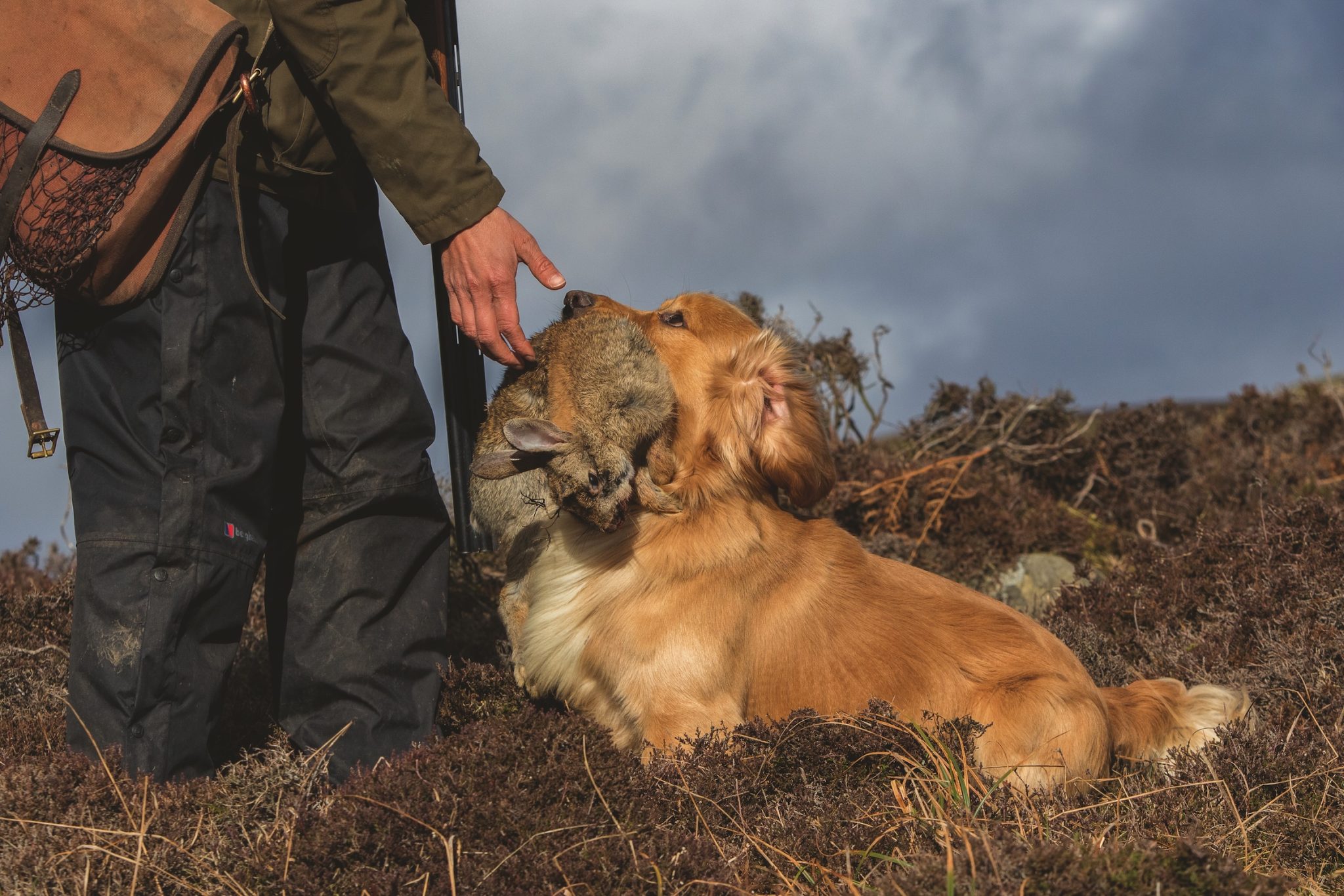
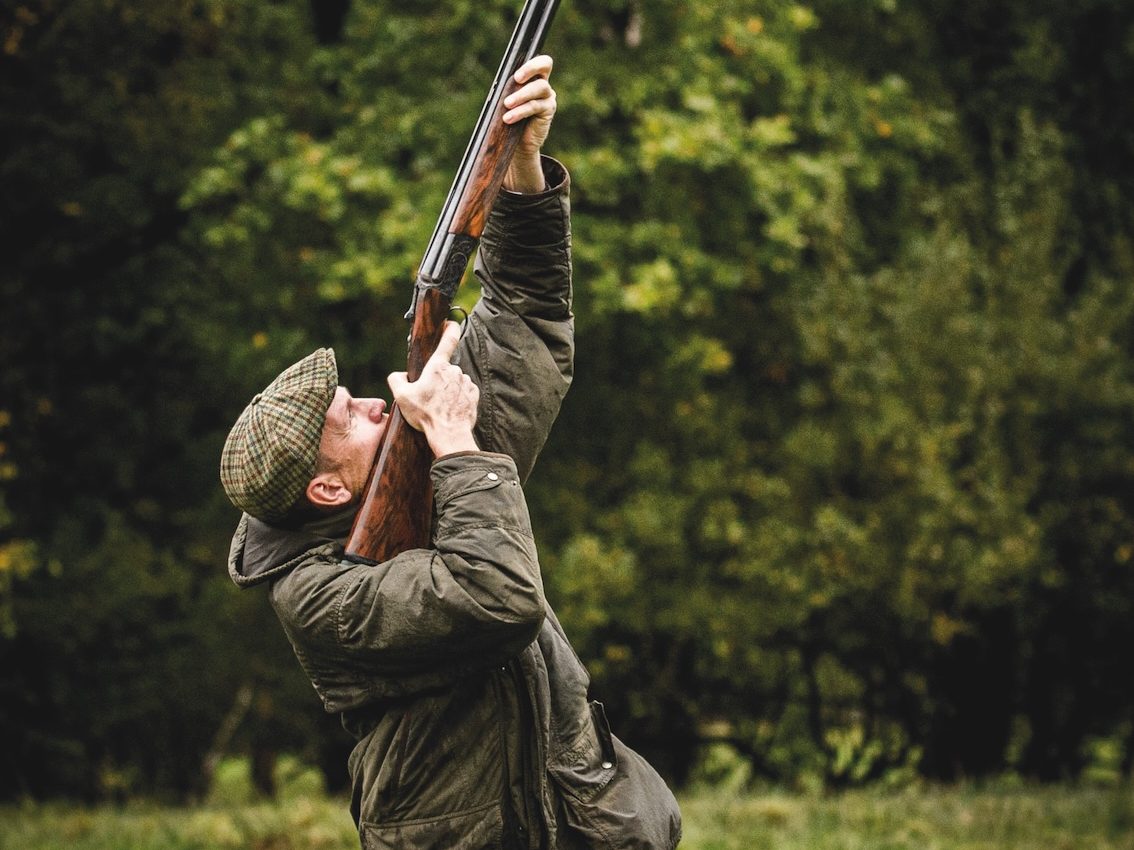
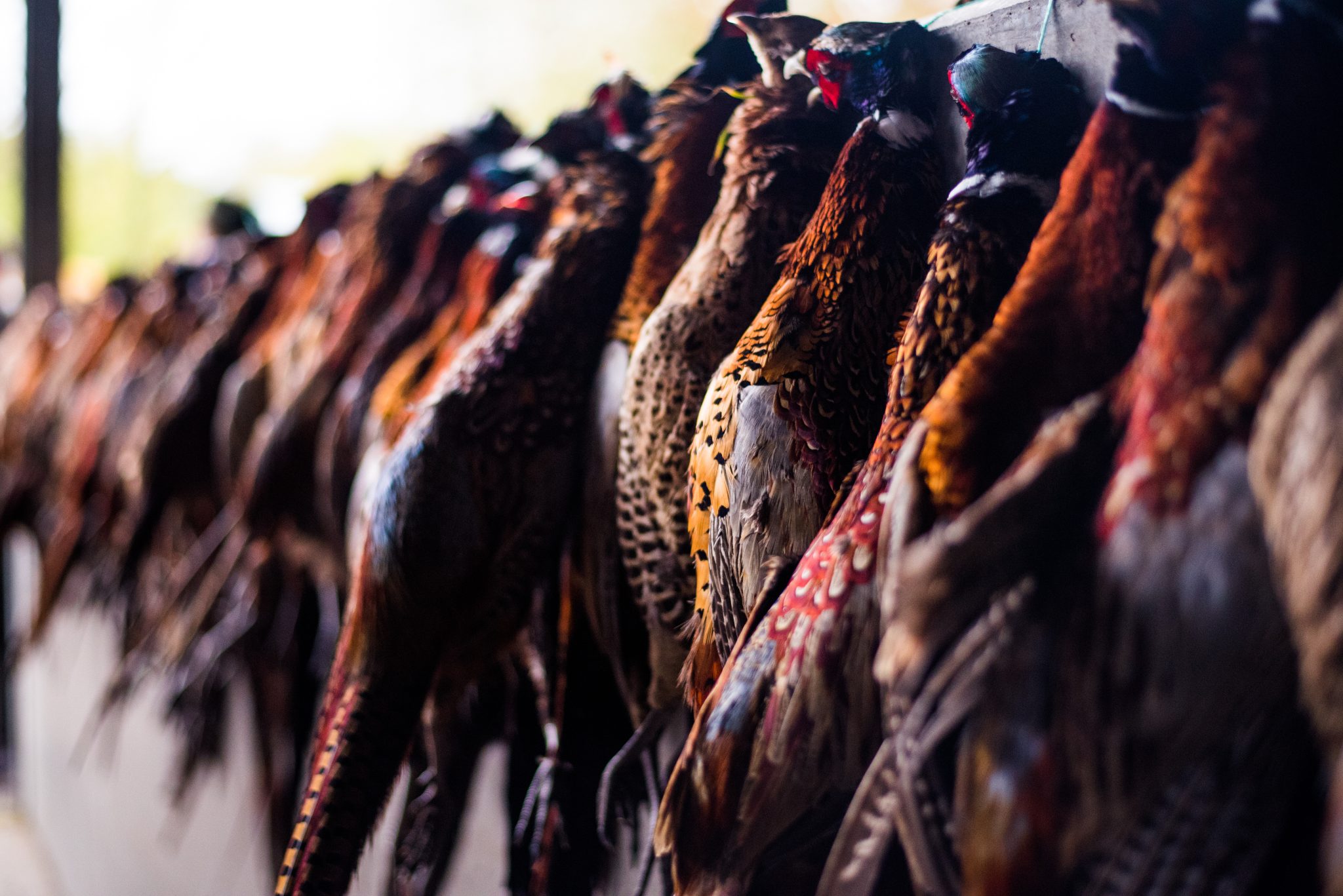
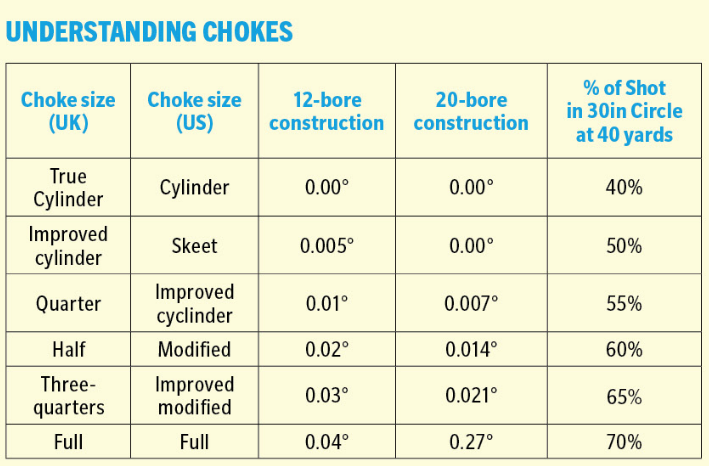 Which chokes for trap disciplines?
Which chokes for trap disciplines?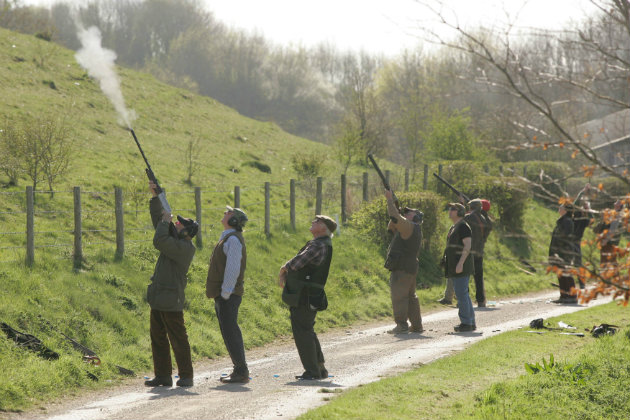 Which chokes for game?
Which chokes for game?